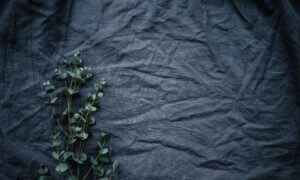Venturing into the wilderness requires more than just the spirit of adventure; it calls for the right gear, including apparel crafted from suitable fabric. Amid the diverse spectrum of materials, rayon fabric frequently piques the interest of many. The question often at the forefront of the discussion is regarding its breathability, particularly when it comes to sartorial choices for the balmy months of summer.
A naturally breathable fabric, rayon presents itself as a plausible choice for summer attire. However, the trait of breathability cannot be guaranteed for every piece of clothing fashioned out of rayon. This is largely due to an array of factors that can alter the final breathability quotient of the fabric, transcending its basic fiber composition.
This comprehensive guide endeavors to illuminate the intricacies that can potentially transform rayon fiber into breathable fabric. Furthermore, it delves into the elements that might erode the breathability of the final fabric. On navigating through this article, readers shall find themselves well-versed in the realm of rayon fabrics, capable of proficiently assessing their breathability to satisfy their particular requirements, be it for a climb up the highest peak or a serene trek in the valley.
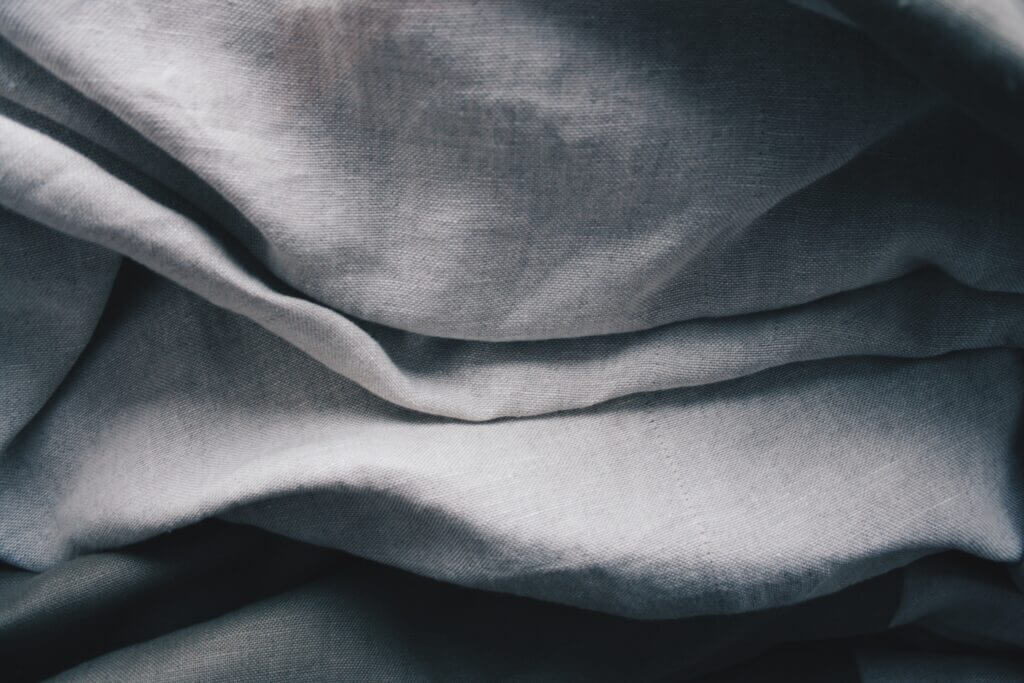
Understanding Rayon Breathability: Key Features and Measurements in Fabrics
Within the domain of fabrics and textiles, breathability signifies a material’s capacity to permit the passage of air and moisture. This trait contributes to the comfort of the wearer, enabling evaporative cooling as perspiration seeps through the fabric and evaporates, thus producing a cooling effect.
The breathability of fabrics is not an abstract concept but a quantifiable attribute, determined by textile engineers through a set of standard testing procedures. These tests measure aspects such as a fabric’s air permeability and moisture transfer rate, thus providing a detailed comparison of the breathability among different materials.
An often-observed feature of some breathable fabrics is their heightened ability to absorb moisture. This property, generally represented as a percentage and referred to as “moisture regain,” can be precisely measured by textile engineers. Yet, it’s vital to highlight that breathability doesn’t obligatorily depend on the capacity to absorb moisture or exhibit wicking capabilities. While it is possible for a fabric to possess both traits to varying extents, these are not defining factors for breathability.
For those desiring a deeper understanding, the article “What is the most breathable fabric?” offers a meticulous examination of moisture-wicking fabrics. This recommended read will furnish readers with a broader comprehension of this captivating topic, aptly dovetailing with the nuanced discussion of breathability in fabrics.
Factors that Determine its Suitability for Summer Wear
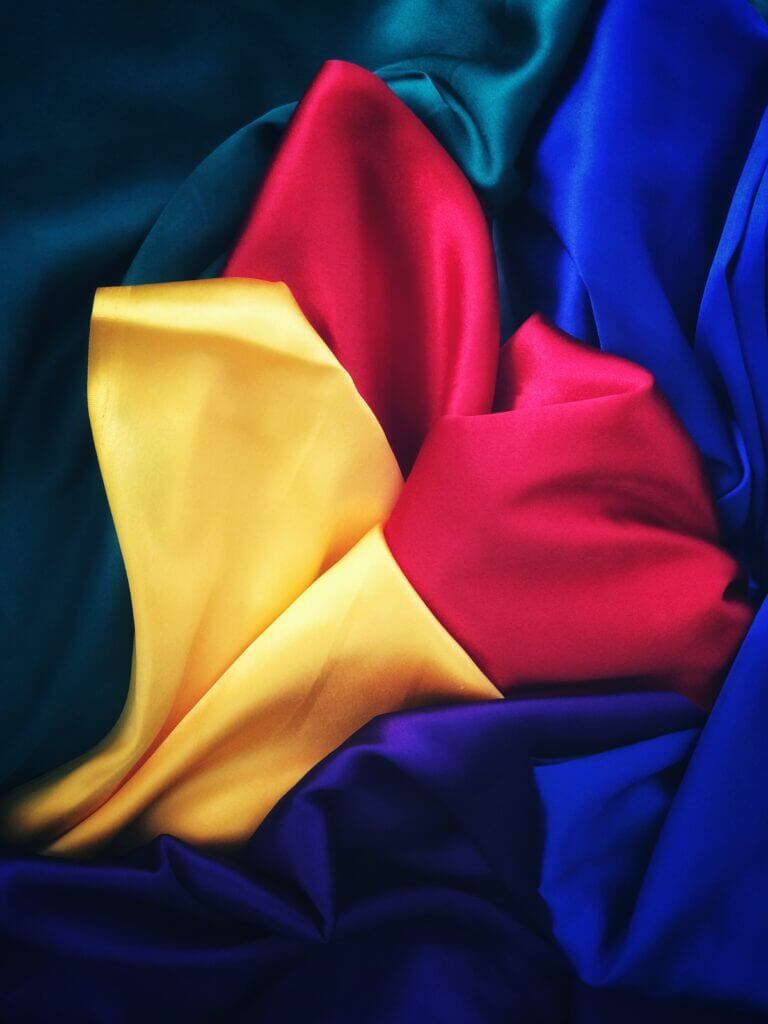
Various factors influence the rayon effect of breathable fabric, a few of which are highlighted here:
Firstly, the chemical composition of rayon fibre significantly contributes to its breathability. Derived from natural raw materials like bamboo, wood chips, or wood pulp, the resultant rayon fibre undergoes chemical processing that naturally enhances its breathability.
Furthermore, the intended use of the finished fabric influences its breathability. Manufacturers’ choices during each phase of the production process can either augment or diminish the breathability of the fibre. The final purpose of the fabric largely determines these choices. While rayon has numerous industrial applications beyond apparel fabric, including upholstery fabric, tire components, and furniture stuffing, breathable isn’t a crucial requirement for these uses.
Contrasting rayon apparel fabric and rayon upholstery fabric underscores this point. Manufacturers of apparel fabrics generally prioritize breathability when making design decisions, unlike upholstery manufacturers. Breathability isn’t a vital characteristic of rayon upholstery fabrics.
This information is pivotal when choosing rayon breathable fabric for a summer garment. The original purpose of the fabric should be taken into account. A lightweight construction alongside other apparel fabrics indicates that the rayon fabric will be breathable and wearable. On the contrary, if you come across a rayon fabric alongside upholstery fabrics, it would be prudent to assume that its breathability may not meet the desired requirements.
Primary Uses of Rayon
Activewear
One primary application of rayon fabric lies in the production of activewear. Its versatility lends itself well to the manufacture of t-shirts, tank tops, hoodies, shorts, and tunics. Typically, clothing manufacturers opt to blend rayon with fibres like polyester, nylon, elastane, or spandex. This combination facilitates maximal stretch and functionality, thereby enhancing the overall performance of the activewear.
Blouses and Sundresses
Fashion enthusiasts particularly favour rayon for creating summer blouses and sundresses due to its soft breathability and excellent drapability. Designers can make these garments from either 100 per cent rayon or blends, offering flexibility in design and texture while ensuring the wearer’s comfort during the warm season.
Socks
Soft, luxurious socks made from rayon can provide an exceptional feel on one’s feet. For the best experience, it’s recommended to opt for rayon socks blended with nylon and spandex. The inclusion of nylon enhances the strength and durability of the socks, while spandex introduces a stretch capacity, enabling the socks to adapt to the shape of the wearer’s feet and maintain their form effectively.
Bed Sheets
Rayon also finds application in the bedding industry, particularly in the production of bed sheets. These sheets are often silky, soft, and luxurious, providing a comfortable sleeping experience. Despite their premium feel, rayon sheets tend to be surprisingly affordable. Additionally, their moisture-absorbent properties contribute to comfortable sleep, particularly during the hottest summer months.
Is Rayon Good for Summer?
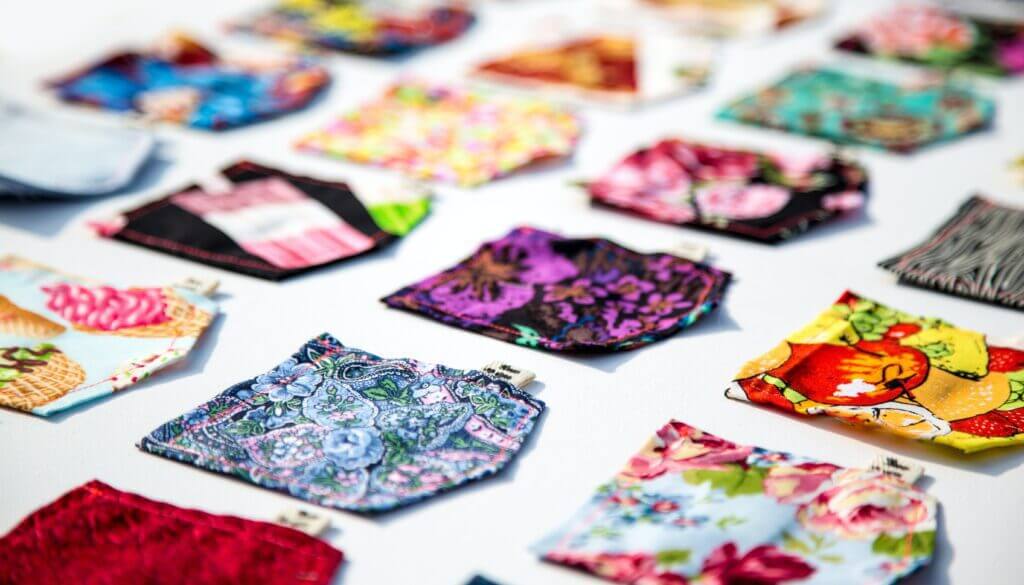
Breathable fabrics derived from natural fibres can adapt to body temperature, aiding in maintaining coolness during warm weather. It is advisable to opt for plant-based and moisture-wicking fibres, which promote sweat evaporation rather than absorption. Herein, some of the optimal fabrics for hot weather are discussed.
Linen
Linen, constructed from flax fibres, stands as an excellent choice for garments intended for hot weather. Known for its natural antibacterial and stain-repellent properties, linen remains clean even after being washed at low temperatures. Its low absorbency, quick-drying properties, and airy feel make it a timeless summer fabric.
Silk
Silk’s natural, protein-based fibres make it a luxurious and cool option for a summer dress. This lustrous, durable fibre, produced by silkworms, is renowned worldwide for its beauty and strength. Silk effectively wicks moisture away, providing a cool and airy feel instead of clinging to the body like synthetic materials. However, its delicate nature necessitates special care routines.
Seersucker
Seersucker, a type of cotton fabric, is renowned for its cooling properties during hot days. Its unique weaving process creates a puckered surface that allows additional airflow, making it a timeless and increasingly popular summer fabric.
Lyocell
Lyocell, also known as Tencel, is a semi-synthetic variant of viscose created from cellulose fibres. It shares similar qualities with cotton or silk, thus serving as a suitable substitute. Although not a traditional natural fabric, lyocell remains breathable and comfortable for summer wear.
Hemp
Hemp, similar to linen, is often blended with cotton to produce a comfortable fabric. Like linen, hemp feels cool and can absorb and hold liquids without feeling damp. Derived from the stalk fibres of the Cannabis Sativa plant, hemp combines the warmth and softness of a natural textile with unmatched durability.
Cotton
Another natural textile highly favoured for hot weather wear is cotton, made from the fluffy fibres of the cotton plant. Its high liquid retention capacity facilitates slow evaporation, thus cooling the garment. Lighter, thinner cotton fabric is preferable over its thicker, darker counterparts. It is recommended to seek out garments constructed from 100% cotton for maximum comfort.
Viscose
One variation of rayon that deserves special mention is viscose, renowned for its breathability. The exceptional breathability of viscose emanates from its ultra-thin fibres, allowing for a cool and breezy fit. Nevertheless, the delicateness of these fibres necessitates extra care during washing, making them slightly more high maintenance than other breathable fabrics. Despite this, the allure of the visually stunning viscose garments cannot be denied and makes them a compelling option for those seeking comfort and style.
Bamboo
Turning attention towards more natural fabrics, bamboo is another material worth considering. Its inherent cooling properties make it an increasingly popular choice for bed linens. However, the fabric’s coolness when compared to traditional cotton, has been a subject of debate among shoppers. The consensus seems to sway towards cotton, which continues to hold its position as the champion of coolness.
Jersey
Jersey fabric, frequently used in creating beloved summer dresses and sportswear, holds a notable spot in the list of breathable fabrics. It’s typically made from pure cotton or a blend of cotton and polyester. Although it can be slightly heavier than its cotton counterpart, the fabric still retains a substantial degree of breathability, making it a favoured choice for both casual and athletic wear.
Chambray
Chambray fabric, often mistaken for denim due to its similar appearance, is an ultra-lightweight cotton variant. Many believe that rayon’s breathability rivals that of linen, another well-regarded breathable fabric, offering a stylish and comfortable alternative for those who wish to deviate from the common options of linen and cotton.
Rayon
Lastly, rayon, a fabric from plant-derived fibres, is another noteworthy entrant in the list of breathable materials. People recognize the man-made fabric for its cool, breezy appeal, thanks to its ultra-thin properties. It’s no surprise, then, that fashion designers craft many summer dresses and light apparel from this fabric, underscoring its popularity during the warmer months.
Fabrics to avoid in hot weather
In the context of hot and humid weather, it is generally advisable to steer clear of synthetic fabrics such as polyester, acrylic, and nylon. These materials have a proclivity to retain odours and bacteria due to their inherent inability to facilitate breathability. Garments crafted from these synthetic materials can entrap heat, creating an unpleasant sensation of warmth. Moreover, single-wear can leave these garments reeking of sweat. Hence, for comfort in hot and humid conditions, it is preferable to avoid such materials.
Considerations Around Rayon’s Breathability
Is Rayon More Breathable Than Polyester?
When considering raw fibres, unfinished rayon exhibits superior breathability compared to unfinished polyester. This is due to its significantly higher capacity for moisture regain. Rayon boasts an 11-per cent moisture regain capacity, thereby absorbing moisture more effectively than polyester, which has a mere 0.4 per cent moisture regain capacity in its unfinished state.
However, the breathability of finished polyester fabrics can be considerably enhanced. Manufacturers employ moisture-managing finishing processes that bolster polyester’s moisture regain capacity. Furthermore, they can design highly air-permeable polyester fabrics by opting for fabric structures that promote airflow.
Despite these enhancements, finished rayon fabrics may not wick moisture from the body as effectively as high-performance polyester fabrics. To delve deeper into the comparison of rayon and polyester, the article “Polyester vs Rayon” provides comprehensive insights.
Is Rayon More Breathable Than Cotton?
When it comes to breathability, the moisture regain a percentage of fabric comes into play. This measures how readily a fabric absorbs moisture. With a moisture regain of 11 per cent, rayon outperforms cotton, which stands at 8.5 per cent. Rayon also releases the absorbed moisture into the air more efficiently than cotton, suggesting that rayon fabrics could offer a higher breathable effect than cotton counterparts.
However, this does not imply a blanket superiority of rayon over cotton in breathability. A fabric’s breathability is a complex interplay of multiple factors beyond just fibre content. The thickness and structure of the fabric, along with post-production finishes, significantly impact a fabric’s air permeability and drying rate.
For instance, lightweight fabrics, whether made from rayon or cotton, will likely offer enhanced breathability. Conversely, a densely woven, heavy fabric, irrespective of its cotton or rayon composition, may not breathe as well. Therefore, the fabric’s thickness becomes a crucial determinant in its drying speed post-perspiration exposure.
It is not uncommon to find featherweight rayon fabrics that exhibit superior breathability compared to thick cotton ones and vice versa. Ultimately, both rayon and cotton fabrics, when appropriately designed and processed, can serve as apt materials for summer clothing. The key lies in selecting a rayon fabric specifically intended for summer apparel to ensure the desired level of breathability.
Does Bamboo Rayon Offer Breathability?
Indeed, bamboo rayon does exhibit a breathable effect. During the summer, bamboo rayon bedding can offer a cooler experience than many other types. Conversely, in the winter, this fabric tends to provide more warmth than other bedding options. This dual capability is a unique attribute of bamboo when processed into fabric.
Various types of bamboo sheets, such as bamboo rayon, bamboo modal, bamboo linen, bamboo cotton, and bamboo lyocell, are known for their breathability.
Each variant possesses its unique qualities, but they generally share common attributes. Most bamboo fabrics are hypoallergenic, lightweight, and soft, although bamboo linen can be somewhat coarse.
Among these, bamboo lyocell stands out as possibly the softest and most appealing variant of this rayon form, contributing to the growing popularity of bamboo fabrics.
FAQs – Frequently Asked Questions about Rayon
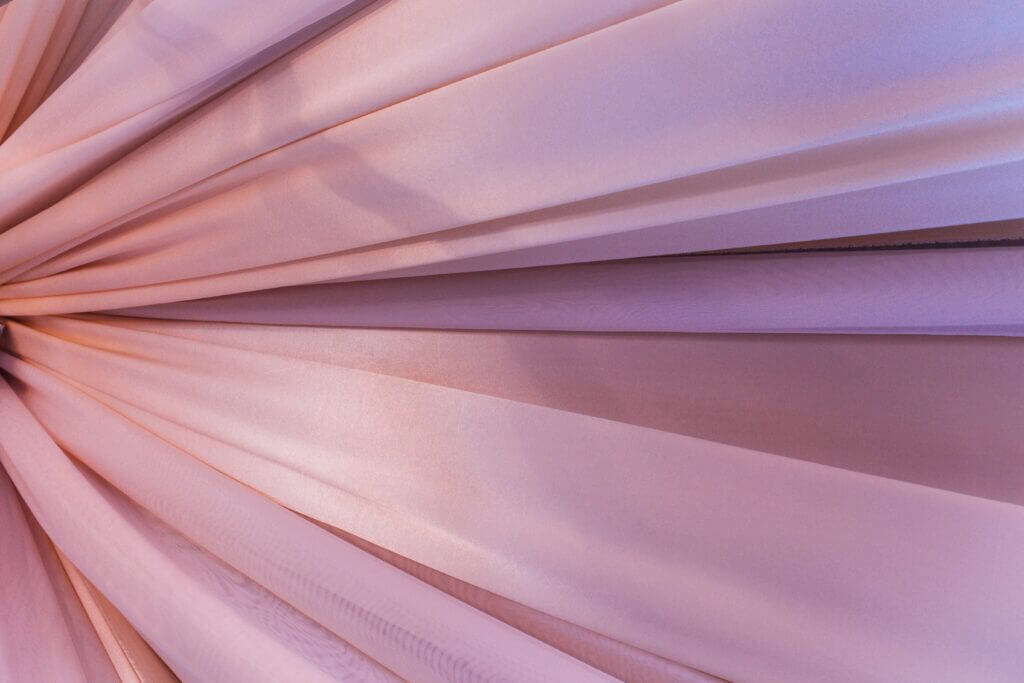
Does Rayon Have the Ability to Wick and Absorb Moisture?
Wicking capability and moisture absorption are two distinct properties of fabrics, often confused but critically different. While some fabrics specialize in moisture-wicking, redirecting moisture to the fabric’s surface for evaporation, others excel at absorption, holding onto the moisture. Rayon, a highly absorbent fabric, sits in the middle of this spectrum with moderate wicking capacity. Surpassing cotton in terms of both absorbency and moisture wicking, rayon mirrors cotton’s behaviour to an extent.
Like cotton, rayon is proficient at absorbing sweat from the skin. However, both materials do not perform as efficiently as high-performance synthetics in transporting moisture away from the skin. Nonetheless, rayon holds an edge in cooling effectiveness over wicking synthetics by retaining more moisture and, thus, prolonging the evaporative cooling process.
Is Rayon Suitable for Winter Wear?
When retaining body heat in cold weather, rayon fabrics might not be the ideal choice. In sub-zero temperatures, people typically favour warmer fibres over rayon. For example, designers do not create rayon sundresses to be winter-friendly, which means most rayon clothing is unsuitable for colder climates during the winter season.
However, certain scenarios exist where rayon clothing can serve as a viable winter wear option. Layering pieces such as rayon t-shirts or long-sleeved turtlenecks can prove effective when worn underneath heavy winter sweaters. Workwear such as wool suits with rayon linings may also be suitable for winter. Some sweaters, particularly those knitted from rayon chenille yarn, can offer warmth and style during the colder months.
Moreover, manufacturers sometimes utilize rayon in crafting winter outerwear. Items like thick winter scarves woven from rayon chenille yarn or rayon jackets, coats, vests, and capes can be popular winter garments. However, these pieces are generally more suitable for regions where winter is chilly but not extremely cold, with temperatures remaining above freezing.
Does Rayon Offer Water Resistance?
Contrary to some expectations, rayon does not possess water-resistance capabilities. In fact, it is a fabric known for its high moisture absorbency, considerably more so than polyester, a fabric notable for its water resistance. This indicates that on rainy days, wearing polyester might be a more pragmatic choice than donning rayon garments.
Interestingly, rayon significantly loses its strength when wet, making it advisable to wear this material on hot days where the chance of rain is minimal. Rayon’s absorbency allows it to manage moisture well on humid days, at least until it has reached its moisture-holding capacity.
Despite some views suggesting the inappropriateness of wearing rayon in the summer, the inherent design of rayon, built to withstand high heat and deliver lightweight comfort, seems ideal for summer wear. Thus, while respecting expert opinions, one must also exercise personal judgment in deciding the suitability of rayon for summer wear.
Is Rayon Capable of Absorbing Sweat?
Indeed, rayon can absorb sweat owing to its high moisture-absorbing capacity. This makes it suitable for high-heat conditions, as it is designed to keep the wearer cool. Consequently, overheating while wearing this fabric should not be a concern.
Nonetheless, there exists a debate on the appropriateness of wearing rayon on hot days. Some argue that rayon doesn’t effectively wick away or absorb sweat, while others uphold the opposite view. Adding to rayon’s advantages, it dries quickly after absorbing sweat, ensuring the wearer’s comfort.
The decision to wear rayon during the summer might thus depend largely on which side of the debate one aligns with. From the perspective of this discussion, rayon is deemed suitable for hot weather, designed to keep the wearer cool. However, the ultimate choice regarding its use lies with the individual’s personal preference and comfort.
Is Rayon Suitable for Night Sweats?
Indeed, rayon can be suitable for night sweats, with the effectiveness depending largely on the quality and variant of the rayon used. Night sweats are particularly common in regions experiencing high temperatures.
Using high-quality rayon bedsheets can potentially enhance breathability throughout the night, thereby preventing overheating. Among different varieties, bamboo rayon comes highly recommended for coping with night sweats, demonstrating superior performance compared to other bamboo sheet variants.
Certain types of bamboo rayon can absorb moisture up to 80% of its weight, contributing to a cooler feeling that can mitigate sweating issues. Thus, selecting the appropriate rayon material becomes essential for those experiencing difficulties in maintaining coolness during the night.
During summer, night sweats can be quite prevalent. To ensure morning refreshment, it might be beneficial to opt for rayon-type sheets that promote coolness.
Does Rayon Contribute to Sweating?
This question draws diverse opinions. Some believe that as a semi-synthetic material, rayon contributes to increased sweating, asserting that it repels rather than absorbs water. However, this contradicts the known moisture-absorbing property of rayon.
Others argue that rayon does not induce sweat due to its primarily natural fibre composition and its silky texture.
It’s also worth noting that rayon, with its breathability and quick-drying characteristics, efficiently absorbs sweat on hot days, especially when outdoors.
Perceptions on this matter often depend on the source of information and personal experience.
Factors such as the quality and thickness of the fabric, as well as the activity being performed, may also influence sweating.
From this perspective, we suggest that rayon does not induce sweating but rather assists in maintaining dryness and comfort throughout the day.
Can Rayon Emit an Odor When You Sweat?
The question of whether rayon can emit an odour when one sweat has generated varied opinions. With the fact that sweat naturally carries an odour and the ability of rayon to absorb sweat, it is possible for this odour to escape at unexpected moments.
The lightweight and thin design of rayon could assist in releasing heat, but there is a possibility that it may not equally release odour as it absorbs sweat into the fabric.
The result can depend on factors such as the thickness, quality, and style of the rayon material in use.
Additionally, if you blend rayon with another fabric, it could potentially release the odour before others notice it.
Since this topic isn’t widely discussed, we recommend relying on personal experience to guide your choice of fabric for hot weather.
Is it Safe to Wear Rayon?
When it comes to safety, wearing rayon near an open flame might not be advisable. Rayon is produced using chemicals that could be potentially flammable.
Moreover, the chemicals used in rayon production can also generate toxic elements that could cause health issues, including nausea, headaches, vomiting, muscle pain, chest pain, and sleeplessness.
The production process of rayon is not entirely environmentally friendly either, potentially polluting the air. Thus, even strolling down the street in cotton clothing might expose an individual to the harmful chemicals used in rayon production.

